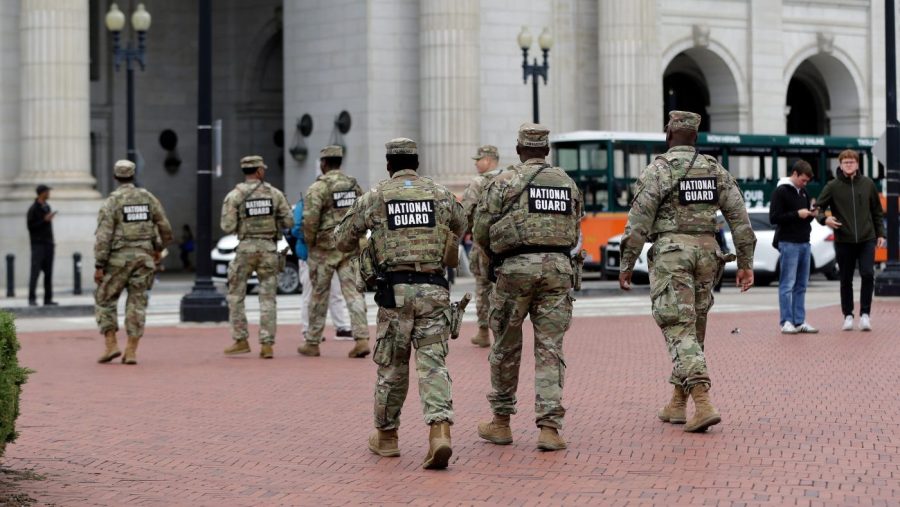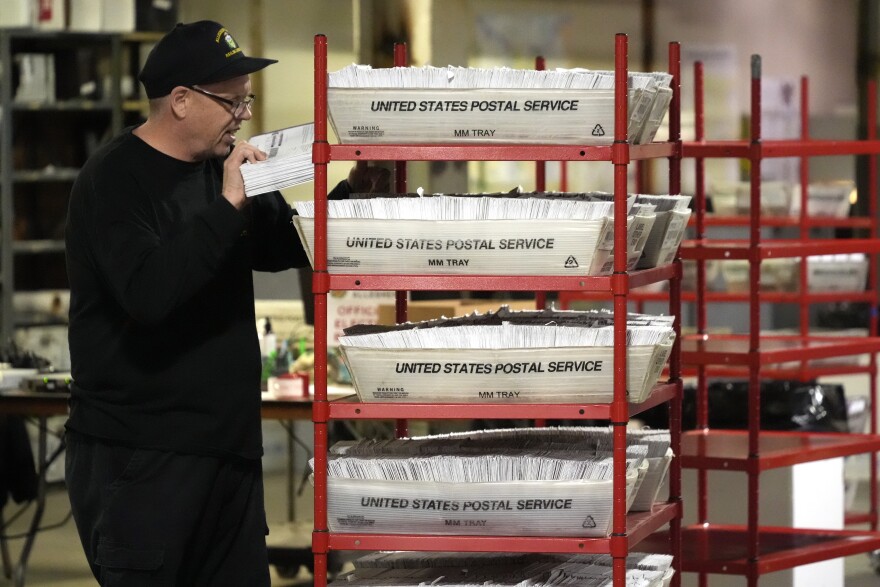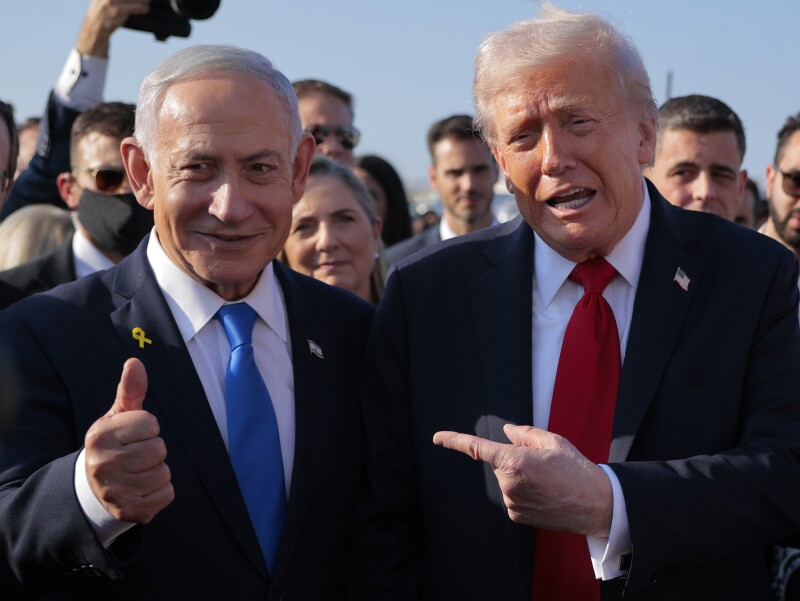The Pentagon has initiated the formation of a “quick reaction force” (QRF) consisting of approximately 23,500 National Guard troops, specifically trained for crowd control and civil disturbance scenarios. This decision, documented in a memo dated October 8, 2023, outlines the objective of having these troops ready for deployment to various U.S. cities by early next year.
According to multiple news outlets that reported on the leaked memo, the QRF will be strategically positioned across the nation. The intent is to ensure rapid response capabilities during times of unrest or significant civil disturbances. This move underscores the Pentagon’s proactive approach to maintaining public order and safety in the face of potential challenges.
Details of the Quick Reaction Force
The National Guard Bureau, led by its Director, has taken the lead in organizing this initiative. The QRF will focus on providing support to local law enforcement agencies if needed. The training program for these troops will emphasize skills necessary for managing large crowds and mitigating civil disturbances effectively.
The establishment of this force reflects a growing recognition of the need for prepared personnel who can respond quickly to emergencies. This initiative comes at a time when discussions surrounding civil order and public safety are increasingly relevant in the United States.
The initiative’s timing is notable, as it coincides with heightened national awareness regarding civil rights, protests, and community relations. The QRF aims to balance the need for public safety with respect for citizens’ rights to assemble and express their views.
Implications and Reception
The creation of the quick reaction force has been met with mixed reactions. Supporters argue that having a well-trained unit ready to respond can help prevent escalation during protests and maintain peace. Critics, however, express concerns about the militarization of civil responses and the potential implications for community-police relations.
As the National Guard prepares to implement this force, it will be crucial to monitor how these troops engage with the public and local authorities. Ensuring that the response is proportionate and respects civil liberties will be key to the initiative’s success.
In summary, the Pentagon’s decision to establish a quick reaction force represents a significant step in how the United States intends to manage civil disturbances in the future. With 23,500 troops poised for deployment by early next year, the focus will now shift to training and community engagement strategies that prioritize safety and respect for individual rights.







